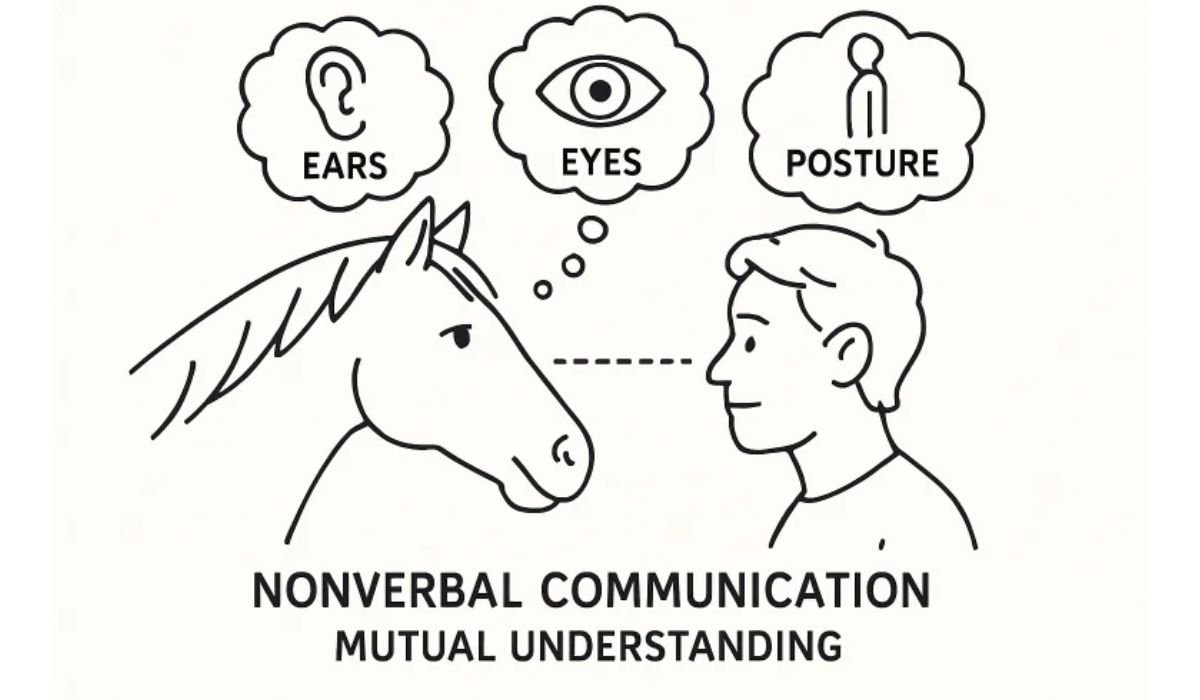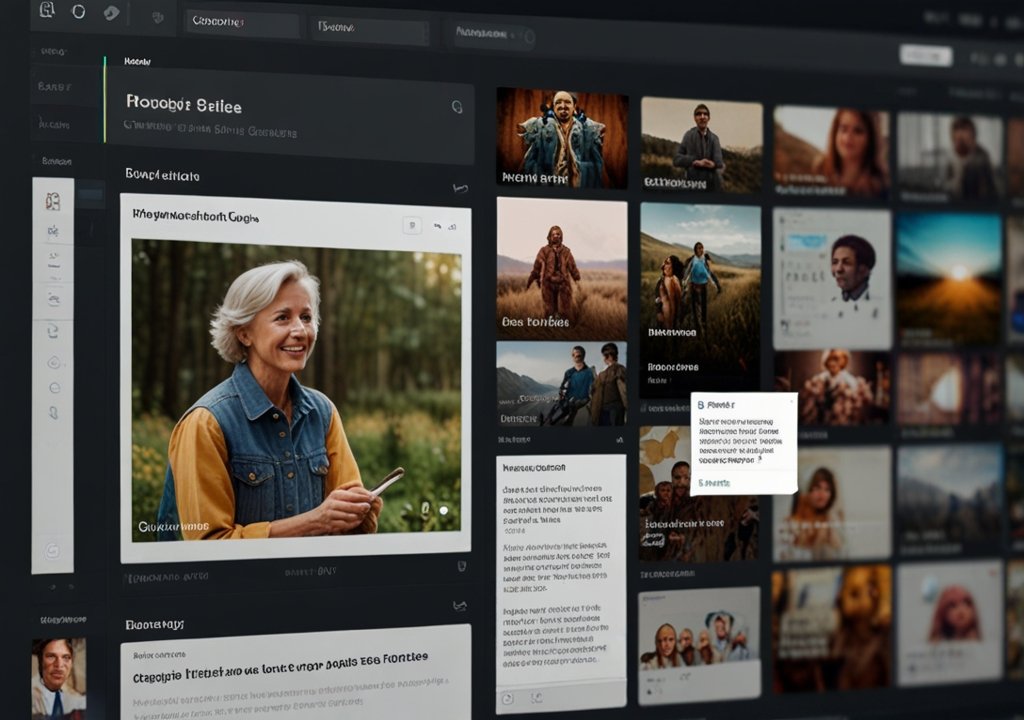Table of Contents:
- Introduction
- Faster Space Discovery with Data Integration
- Optimizing Turnover and Reducing Congestion
- Revenue Management and Dynamic Pricing
- Supporting Sustainability Initiatives
- Empowering Better Planning and User Experience
- Conclusion
Introduction
Parking management in today’s urban settings is more complex than ever. As cities grow, demands on public and private parking lots stretch existing infrastructures. Data-driven solutions have emerged as a cornerstone for facility operators and local governments to optimize space utilization, boost revenue, and deliver a seamless user experience. Technology like license plate recognition software delivers real-time data that allows for smarter decision-making, transforming parking from a logistical headache into a streamlined process that benefits drivers and operators. As adoption grows, these tools are essential for managing congestion, enforcing regulations, and supporting sustainable urban mobility initiatives.
Faster Space Discovery with Data Integration
Integrating data analytics into parking systems allows drivers to discover available spaces quickly, easing one of urban mobility’s most significant pain points. Modern sensor networks, mobile applications, and centralized dashboards ensure up-to-date status for each parking space. This connectivity reduces drivers’ average time looking for parking—an issue that, according to the World Economic Forum, can take up to 20 minutes in busy cities. Facilities with these integrated systems see increased parking turnover and happier customers, helping to relieve congestion and support surrounding business activity by improving overall accessibility.
Optimizing Turnover and Reducing Congestion
Turnover is central to maximizing both efficiency and profitability in any parking environment. Data analytics track occupancy rates and time spent per vehicle and identify underutilized areas in real-time. With this information, operators can quickly address bottlenecks, reallocate spaces for special uses, or adjust time limits as needed. Parking facilities can serve more people and lessen traffic from cars looking for places or waiting for spaces to empty by proactively regulating flows. The ripple effect is clear: as turnover improves, nearby roads become less congested, resulting in smoother commutes and increased customer and delivery access.
Revenue Management and Dynamic Pricing
Advanced analytics empower facility operators to move beyond static flat pricing. Through continuous data analysis, they can determine demand patterns by day, week, or even hour and deploy dynamic pricing models that maximize revenue during peak periods while maintaining affordability during low-demand times. This approach encourages efficient use of space and ensures that high-traffic events do not overwhelm parking resources. Dynamic pricing, already adopted in progressive global cities, helps balance supply and demand naturally, generating new revenue streams. Real-time dashboards and reporting also offer deeper financial insights, empowering parking operators to make strategic decisions directly impacting profitability.
Supporting Sustainability Initiatives
Parking systems powered by analytics have a measurable impact on environmental sustainability. Technology helps drivers find spaces faster and reduces idle time, leading directly to lower vehicle emissions. Research in Sustainable Cities and Society points to meaningful reductions in CO2 output in cities that deploy intelligent guidance tools. Less time spent circling for parking supports cleaner air and safer, less congested city streets. Facilities can also use insights from analytics to plan green infrastructure, such as placing EV charging stations in optimal locations or designating priority parking for carpool and low-emission vehicles. Such steps are becoming essential as municipalities place sustainability front and center in urban planning.
Empowering Better Planning and User Experience
Operators and city planners can use aggregated parking data to forecast future needs, plan expansions, and improve facility layouts. Analytics enable a deep dive into user behaviors, busy periods, and recurring pain points, guiding data-backed decisions that allocate resources where they have the most impact. For drivers, this translates into intuitive wayfinding, transparent pricing, and fewer surprises when entering a parking lot or public garage. Advanced systems can even integrate reservation and payment functionalities, further streamlining the experience. These features collectively foster greater satisfaction, build loyalty, and increase utilization rates in public and private facilities.
Conclusion
The evolution of parking management through data analytics marks a turning point for urban mobility. By adopting solutions such as license plate recognition software and integrating insights from cutting-edge research, parking operators and city planners unlock new levels of efficiency and revenue. From quick space discovery to dynamic pricing and support for sustainability initiatives, analytics reshape how people experience cities and public spaces. With thoughtful investment and open collaboration, these advances will continue to drive positive outcomes for both users and city leaders well into the future.
YOU MAY ALSO LIKE: Shining Star Driving School in Wethersfield CT: What Happened and What Students Need to Know











